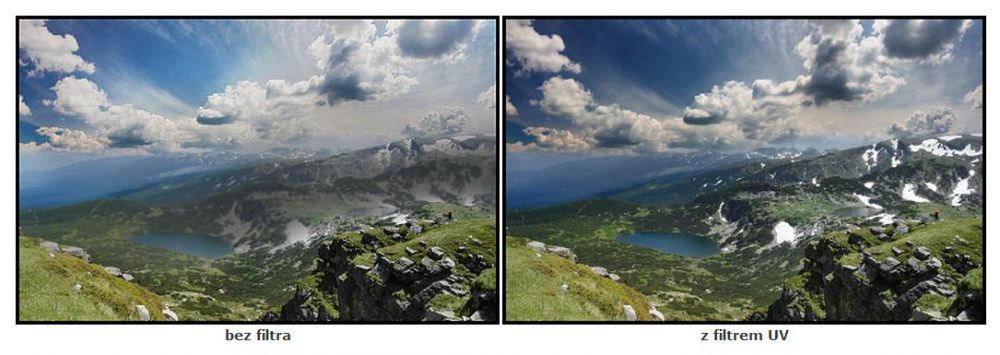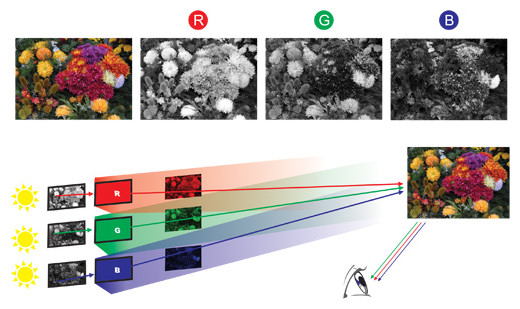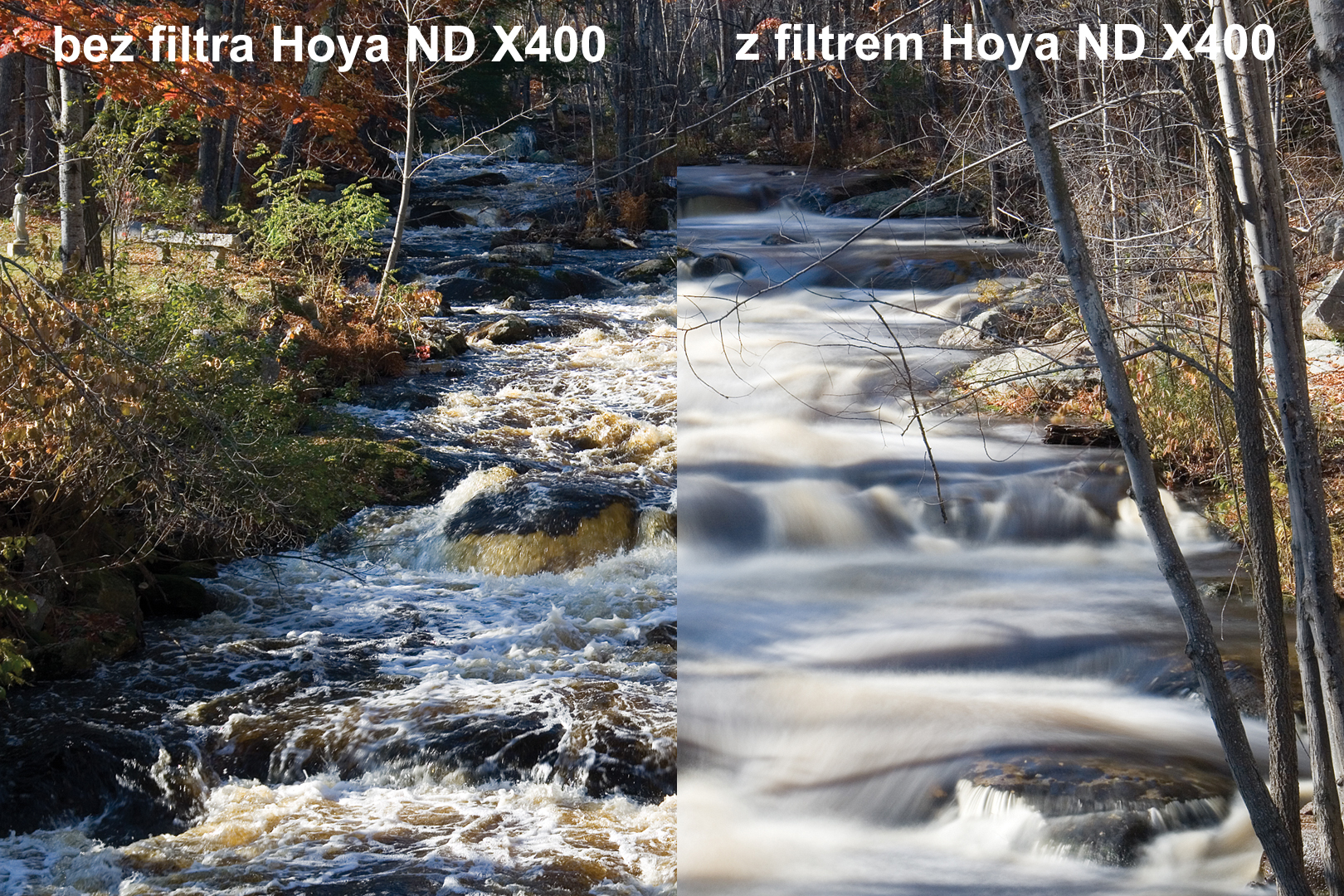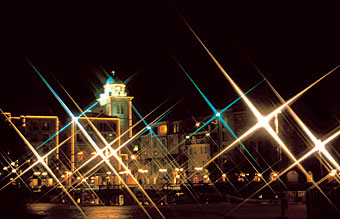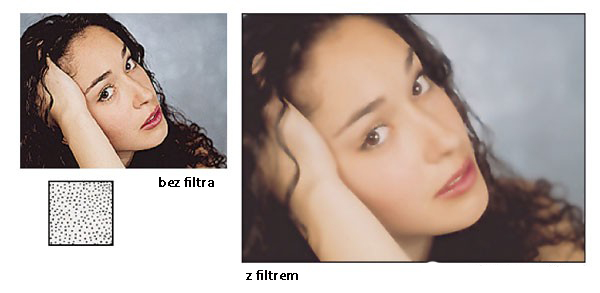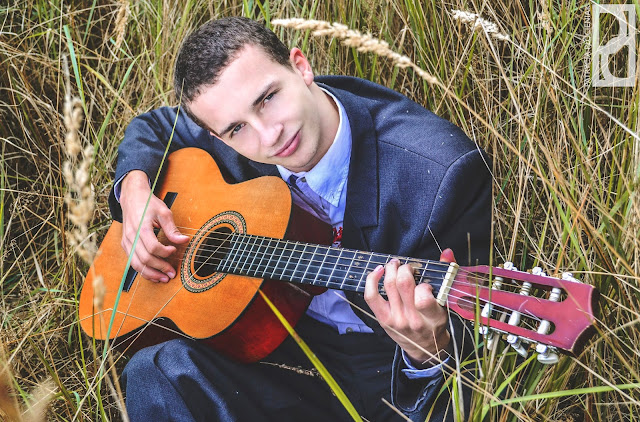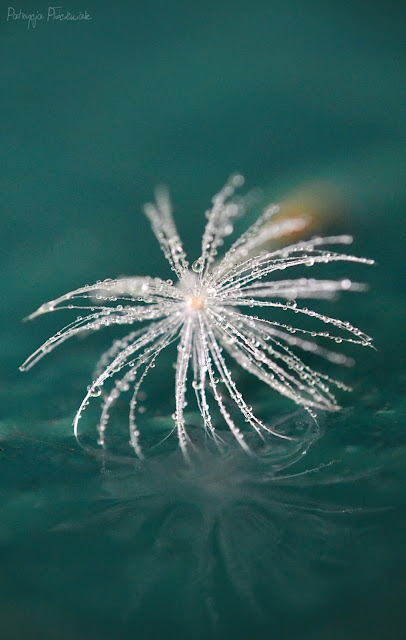Types of photographic filters.
Filtr ultrafioletowy Blokuje promienie ultrafioletowe. Jest przydatny górach oraz przy zdjęciach robionych na bardzo dużej wysokości. Filtry te mogą wywołać spadek kontrastu w fotografii analogowe. Natomiast w fotografii cyfrowej spadek ten jest praktycznie niezauważalny. Filtr ultrafioletowy jest stosowany bardzo często, ponieważ pozwala zabezpieczyć przednią soczewkę obiektywu przed uszkodzeniem.
Ultraviolet filter blocks ultraviolet rays. It is useful for the mountains, and when taking pictures at a very high altitude. These filters can cause a decrease in contrast to analog photography. However, in digital photography, this decrease is practically imperceptible. UV filter is used very often, because it allows you to protect the front lens of the lens from damage.
Filtr skylight Filtr ultrafioletowy z bardzo podobnymi cechami różniący się tylko tym, że oprócz zatrzymania promieni ultrafioletowych delikatnie ociepla nasze zdjęcie.
Skylight filter UV filter with very similar features differ only in that in addition to stop ultraviolet rays gently warms our picture.
Filtr polaryzacyjny W efekcie pozwala z wyeliminować odblaski oraz część światła odbitego na naszym zdjęciu. Używając tego filtra możemy sfotografować dno jeziora, będą widoczne kamienie oraz cała powierzchnia Możemy również sfotografować osobę za oknem nie martwiąc się o odblask refleksy na szybie. Filtry polaryzacyjne wyposażone są w ruchomą część, która umożliwia regulację polaryzacji. Filtry te zatrzymują od 30% do 70% światła docierającego do obiektywu. Czyli musimy dobrać odpowiednią korektę ekspozycji. Możliwości tego filtra nie da się zastąpić obróbką cyfrową.
As a result, a polarizing filter can eliminate the glare and part of the reflected light in our photo. By using this filter we can photograph the bottom of the lake, will be visible stones and the whole surface can also shoot someone through the window without worrying about glare reflections on the glass. Polarizing filters are equipped with a movable part that allows you to adjust polarity. These filters retain 30% to 70% of light reaching the lens. So we need to choose the appropriate adjustment of the exposure. The possibilities of this filter can not be replaced by digital processing.
Filtry barwne Do fotografii czarno-białej, najczęściej stosowane w aparatach analogowych podczas fotografowania oraz filmowania czarno-białych scenerii. Występują w różnej gamie kolorów między innymi: zielony, niebieski, żółty, czerwony. Każdy z nich charakteryzuje się innym stopniem przepuszczalności kolorów, na przykład zastosowanie filtra czerwonego spowoduje spadek jasności elementów niebieskich i zielonych na zdjęciu a wzrost jasności obszarów czerwonych.
Color filters to the black-and-white, mostly used in analogue cameras while shooting and shooting black-and-white scenery. They come in different range of colors include: green, blue, yellow, red. Each of them has a different degree of permeability of color, for example, the use of the red filter will decrease the brightness of the elements of blue and green in the picture and increase the brightness of the red areas.
Filtry neutralne szare (ND) Zatrzymują cześć światła, nie wpływają jednocześnie na jego barwę ani nasycenie. Pozwalają nam na zastosowanie dłuższej ekspozycji, nie musimy zmieniać przysłony ani czułości ISO. Filtry te występują w różnych wersjach i o różnych stopniach przyciemnienia. Im wyższy stopień, tym dłuższa ekspozycja. Filtry te przydają się w sytuacjach, gdy chcemy sfotografować ruch wody, chcemy żeby woda była rozmyta. Filtry te pomagają uzyskać bardzo długie czasy naświetlania nie osiągalne w żaden inny sposób. Często używa się go do fotografii wodospadów oraz fal morskich.
Filters neutral density (ND) Stop honor of the light at the same time not affect the hue or saturation. They allow us to use longer exposure, do not have to change the aperture or ISO sensitivity. These filters are in different versions and with different degrees of dimming. The higher the grade, the longer exposure. These filters are useful in situations when you want to photograph the movement of water, we want the water was fuzzy. These filters help you get a very long exposure times not achievable in any other way. Often it is used for photographs of waterfalls and waves.
Filtry połówkowe W tych filtrach efekt ograniczony jest do połowy powierzchni. Występują w rozmaitych typach często stosuje się filtry połówkowe neutralne szare żeby przyciemnić niebo. Pomagają one uzyskać efekt ciemniejszego nieba przez to nasze zdjęcie nie będzie prześwietlone. Pozwalają osiągać dwie różne ekspozycje dla osobnych obszarów zdjęcia.
The half-filter effect of the filters is restricted to half the surface area. They come in a variety of types is often used filters half-neutral gray to darken the sky. They help you get the effect of a darker sky by then our picture will be overexposed. They allow you to achieve two different exhibitions for separate areas of the image.
Filtry efektowe Dzielimy je na filtry: gwiazdkowe i zmiękczające. Filtry gwiazdkowe charakteryzują się tym, że jeżeli robimy nocne zdjęcia to źródło światła zamienia się w efekty gwiazdy, na przykład lampa będzie miała efektu gwiazdy. Filtry zmiękczające które powodują powstanie lekkiej poświaty w okolicy jasnych obszarów zdjęcia i ogólny spadek ostrości. Jest bardzo przydatnym filtrem w fotografii portretowej, jeżeli chcemy uzyskać piękny i aksamitny oraz delikatny kadr.
Effect filters divide them into filters: Star and softening. Filters star characterized by the fact that if we nighttime images this light source becomes a star effects, for example, the lamp will have the effect of a star. Softening filters that give rise to a slight glow around bright areas of the image and the overall decline in focus. It is a very useful filter in portrait, if you want to get a beautiful and velvety and delicate frame.

